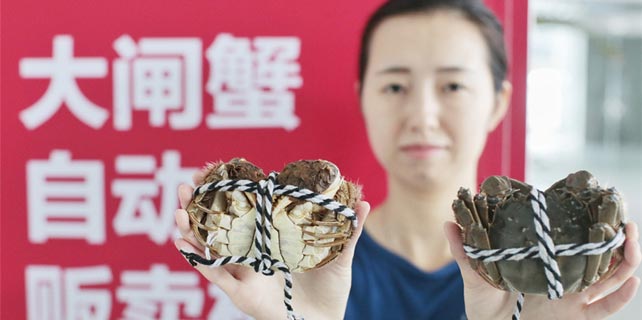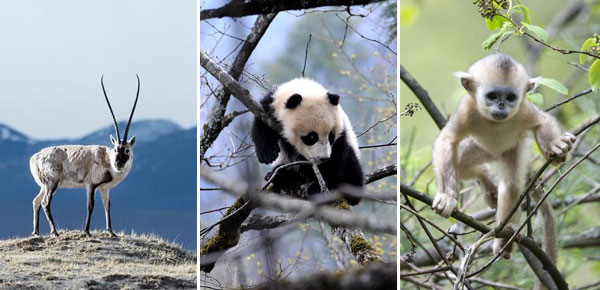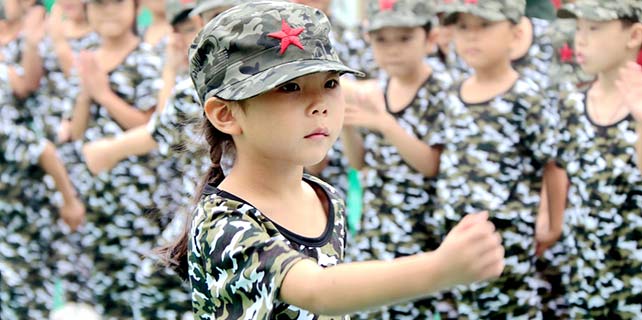Creating magic from behind the curtain: Shadow puppetry
 |
|
A scene from the shadow play Wusong Fights Tiger performed by Qin Ligang in Xiaogan city, Hubei province, Sept 23, 2017. [Photo by Bi Nan/chinadaily.com.cn] |
Now Qin's grandson Qin Lang is learning the craft from him. The grandson performed a shadow play during an international shadow play festival in 2005 at four years old and became an instant hit.
The process of making shadow play usually includes selecting a skin, making the skin, drawing a sketch, carving, coloring, ironing and embellishing. After the puppets are ready, a white curtain will be put up, and then artists manipulate puppets behind the screen while singing or narrating.
Chinese shadow play, which originated from the end of Qin Dynasty (221-206 BC), has a long history of more than 2,000 years. Yunmeng shadow play is an old folk art form of the Han people and originated from the middle of Qing Dynasty (1644-1911).
Shadow puppetry was recognized as a world intangible cultural heritage by the UNESCO in 2011. Qin Ligang became a national-level representative inheritor of shadow play art in 2012.













